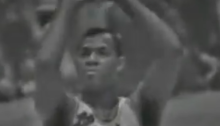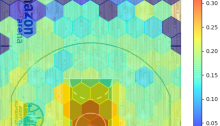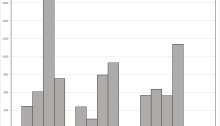Analytic Breakdown: 1963 Finals Game 6
On April 24th, 1963, the Boston Celtics took the floor at the Los Angeles Sports Arena holding onto a 3-2 advantage in the NBA Finals against the Los Angeles Lakers. For the only time in the history of the league, a Finals team trotted out only (later to be named) Hall of Fame players: Bob…









